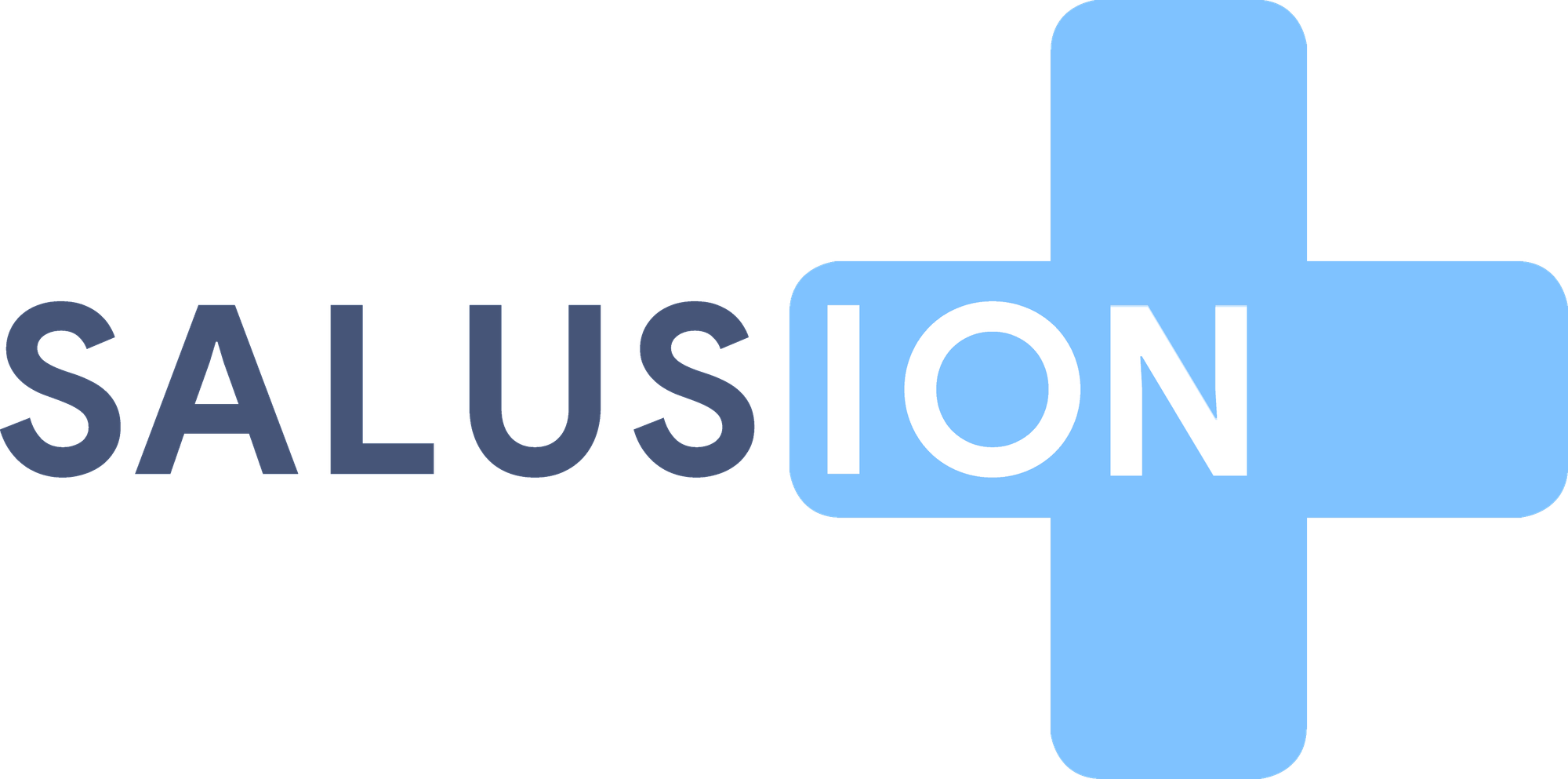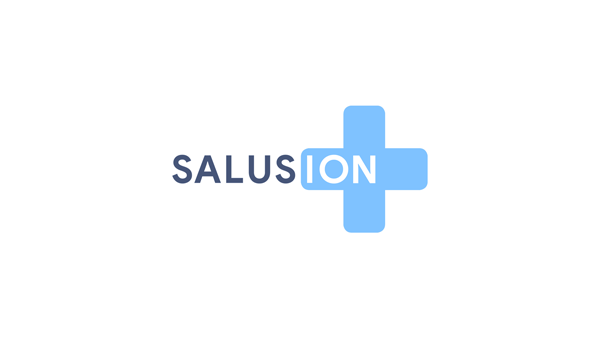Plan Year
An ICHRA operates on a 12-month plan year, which defines when employees are eligible, how expenses are reimbursed, and how the plan is administered. The plan year for an ICHRA corresponds to the calendar year. If an ICHRA is started mid-year, the first plan year will be shorter to synchronize with the calendar year.
Benefit
For each class of employees, the ICHRA benefit (or allowance) is determined by the employer and sets the reimbursement limit for a plan year. Unlike QSEHRAs, ICHRAs have no maximum benefit limit imposed by the IRS, giving employers flexibility to offer any allowance amount. Employers can vary the benefit based on factors such as family size, age, or both, as long as variations comply with nondiscrimination requirements. Benefits can be made available upfront or in monthly increments. Salusion’s ICHRA provides benefits in monthly increments.
Claims
Employees submit expenses for reimbursement through Salusion’s website or mobile app. Salusion approves eligible expenses the same day. Reimbursements are limited to the available allowance. If the allowance is insufficient, unreimbursed claims will automatically be reimbursed as future allowances become available.
Example:
A company establishes an ICHRA with a plan year running from January 1 to December 31. The annual benefit is $6,000, allocated monthly.
- On January 1, the employee has $500 available.
- On February 1, the allowance increases to $1,000.
- On February 10, the employee submits a $2,000 expense.
- $1,000 is reimbursed immediately.
- The remaining $1,000 is reimbursed in subsequent months as additional allowances become available.
Carryover Amounts
Unused benefits from one plan year may carry over to the next, subject to the employer’s policy. Salusion’s ICHRA does not permit carryovers.
Year-End Runout Period
The year-end runout period is the number of days after a plan year ends during which employees can submit expenses for the previous plan year using any unused allowance. Salusion’s ICHRA has a year-end runout period of 75 days.
Termination Runout Period
The termination runout period is the number of days after an employee’s termination during which the employee can submit expenses. Salusion’s ICHRA has a termination runout period of 0 days.
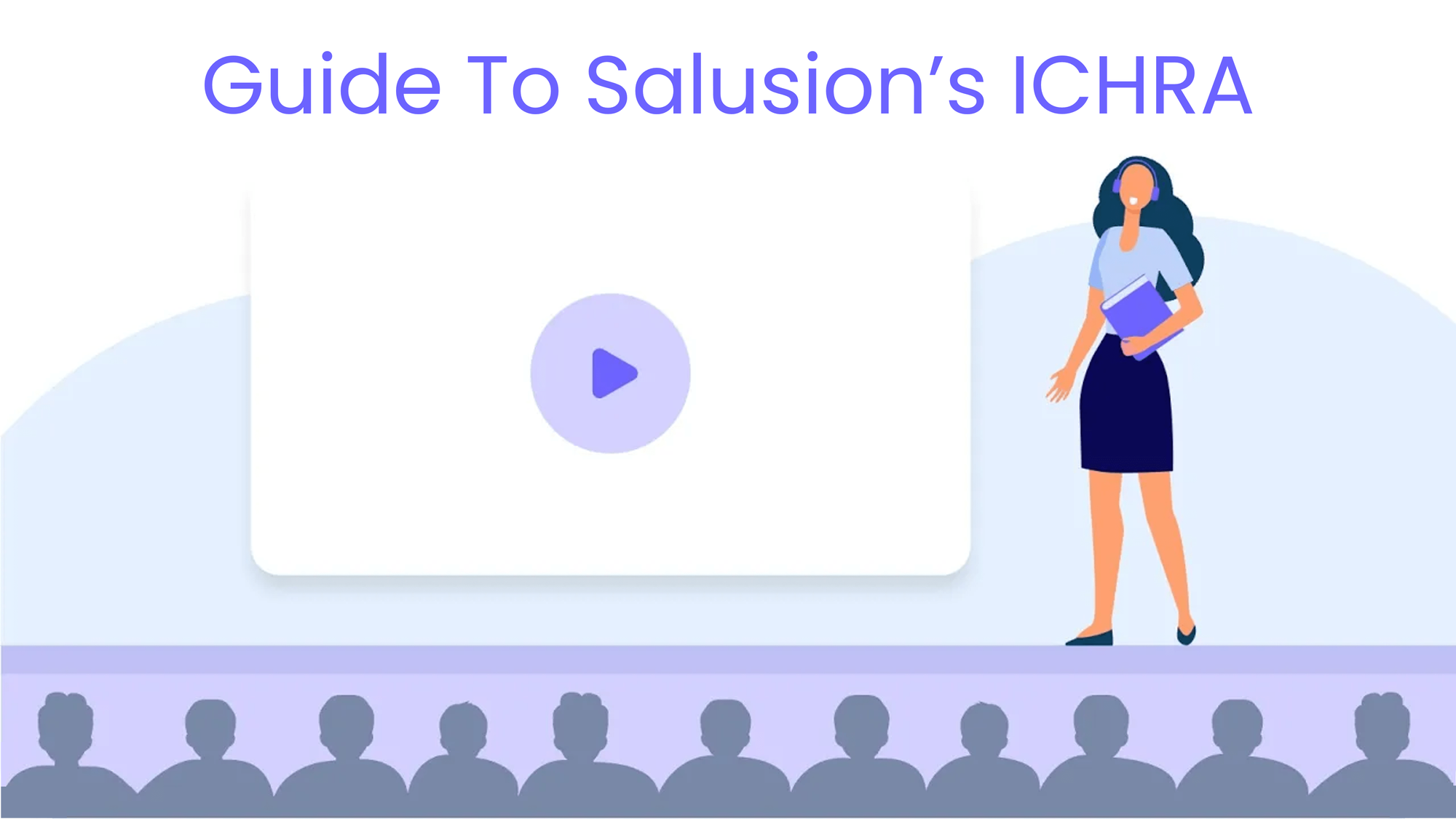
subtopic
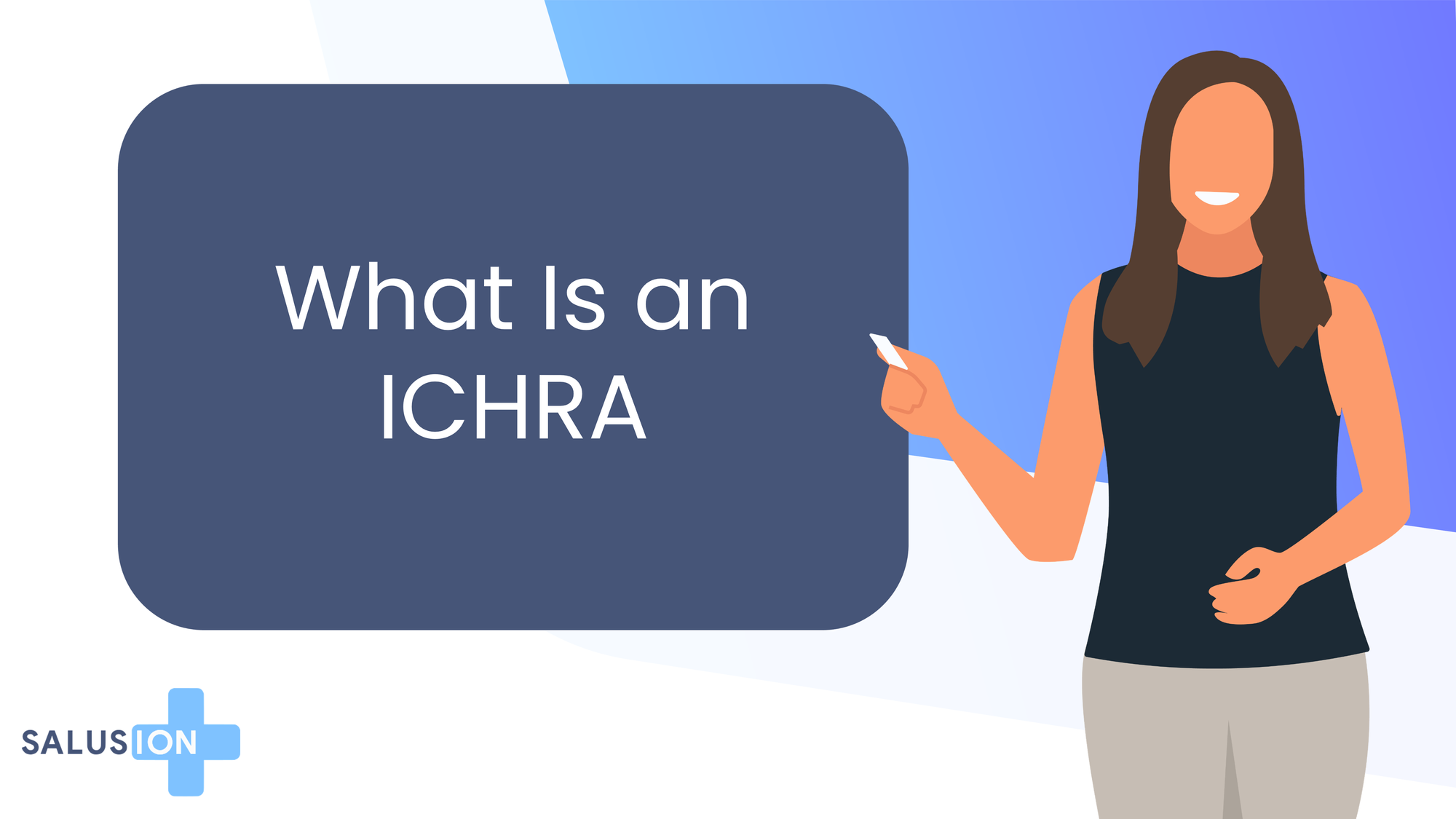
subtopic
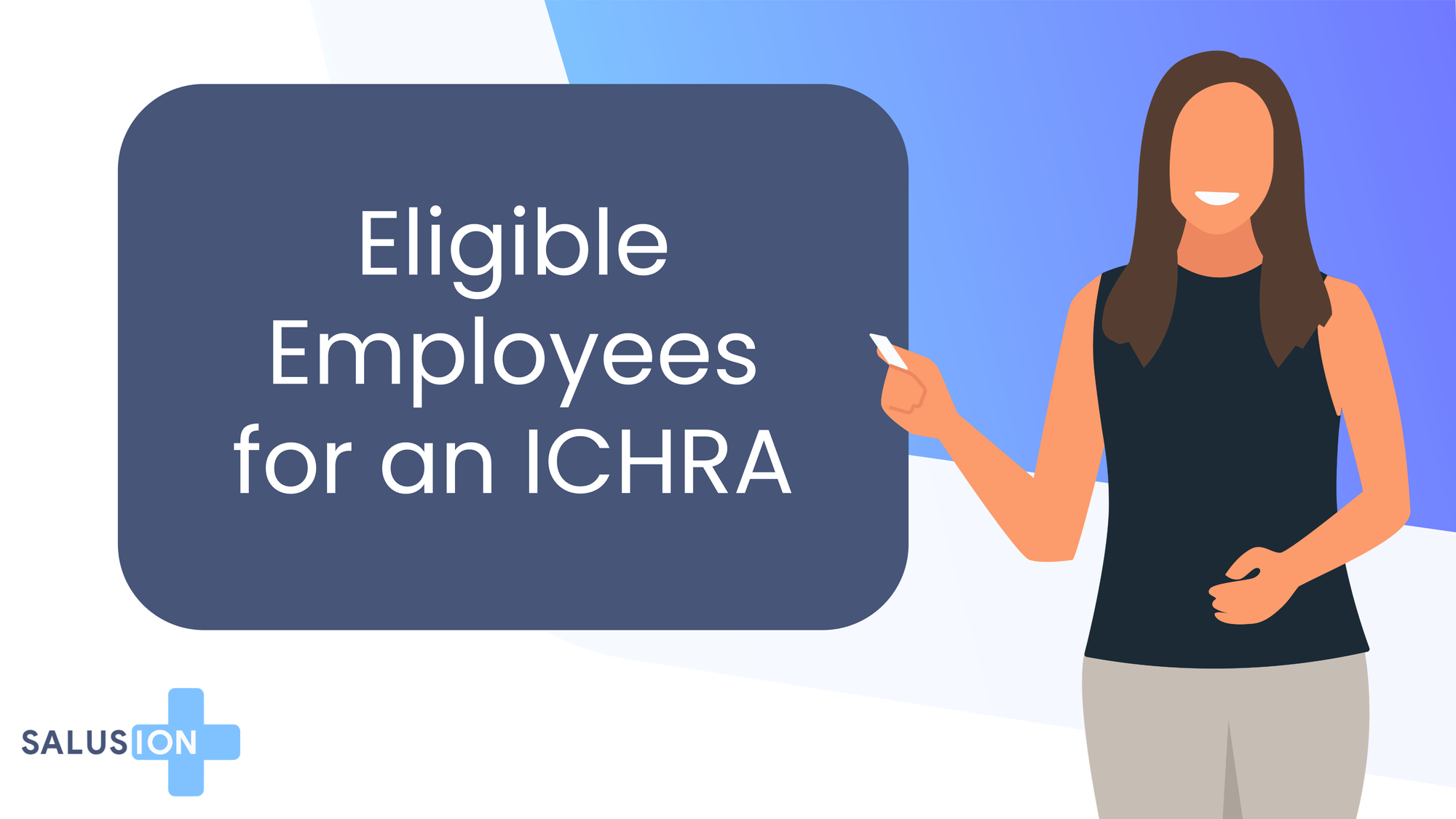
subtopic
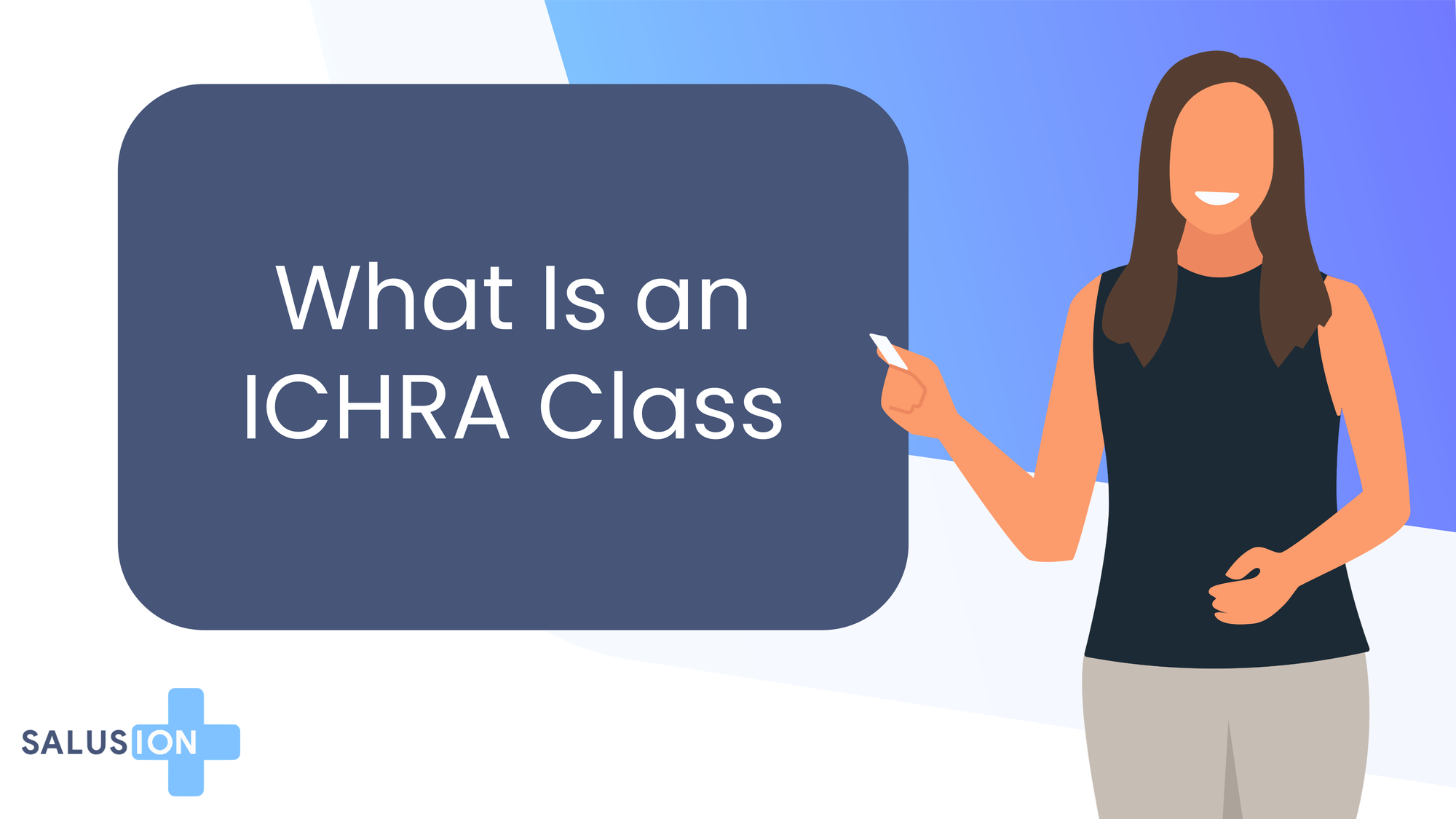
subtopic
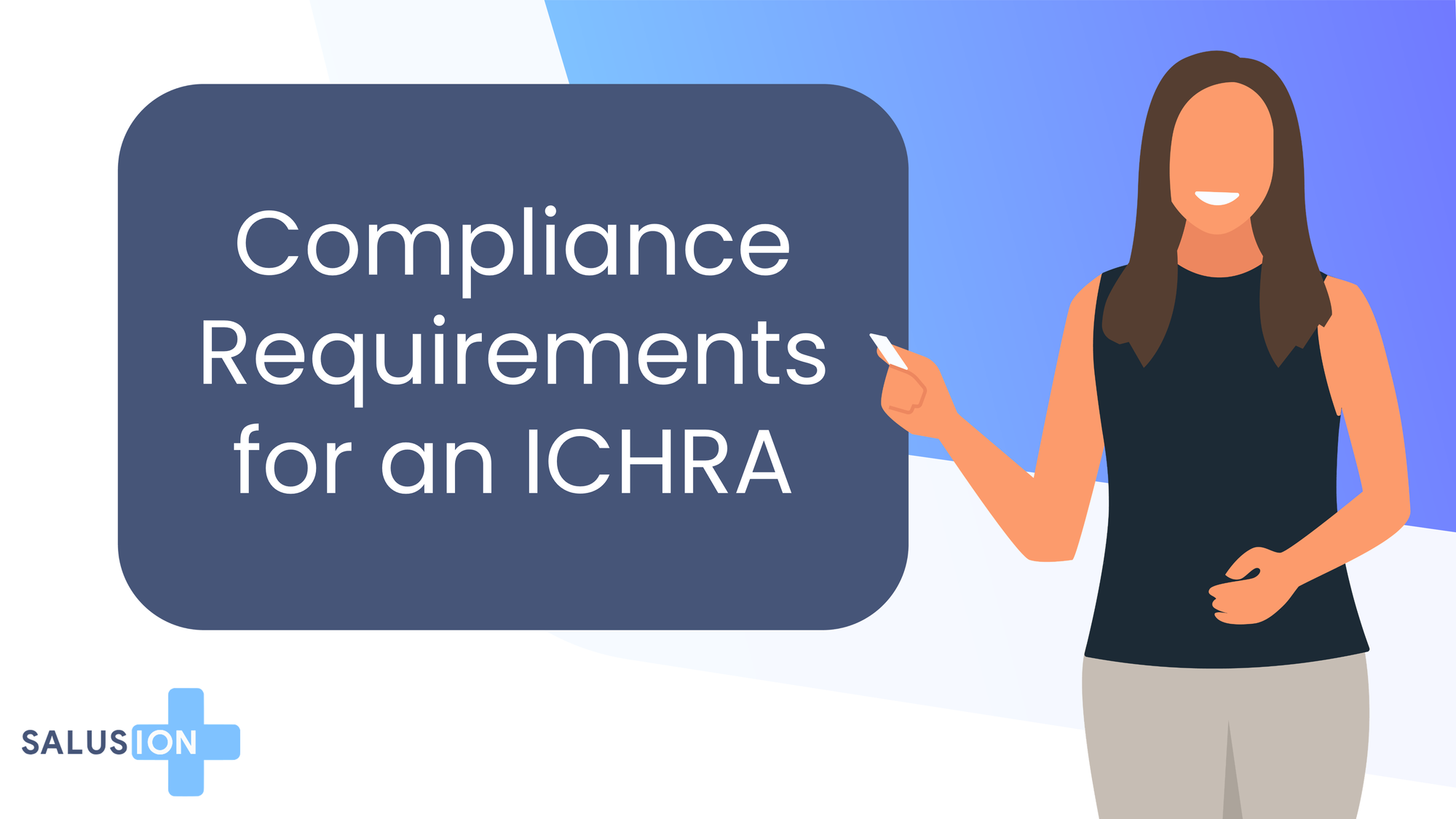
subtopic
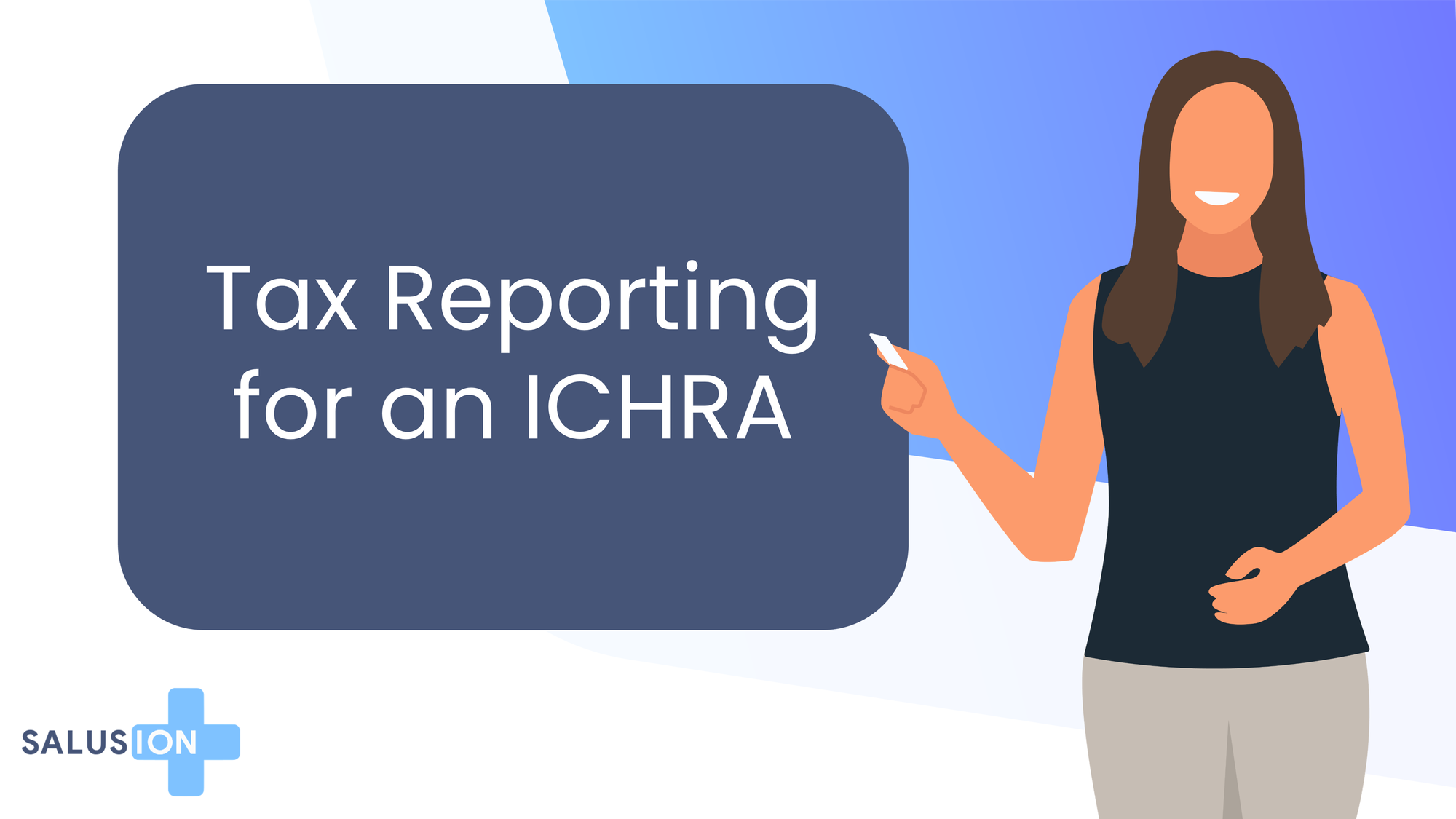
subtopic
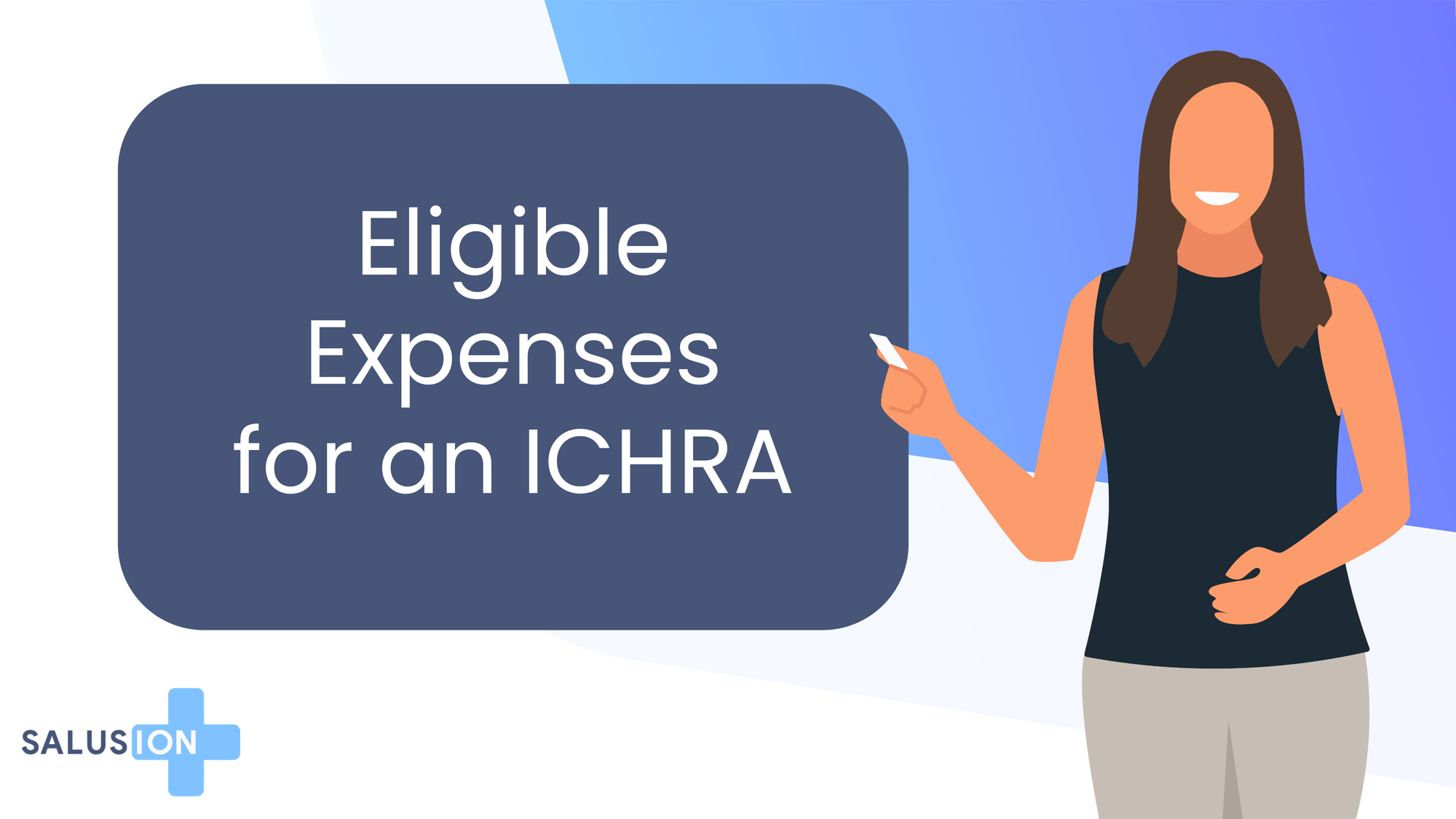
subtopic
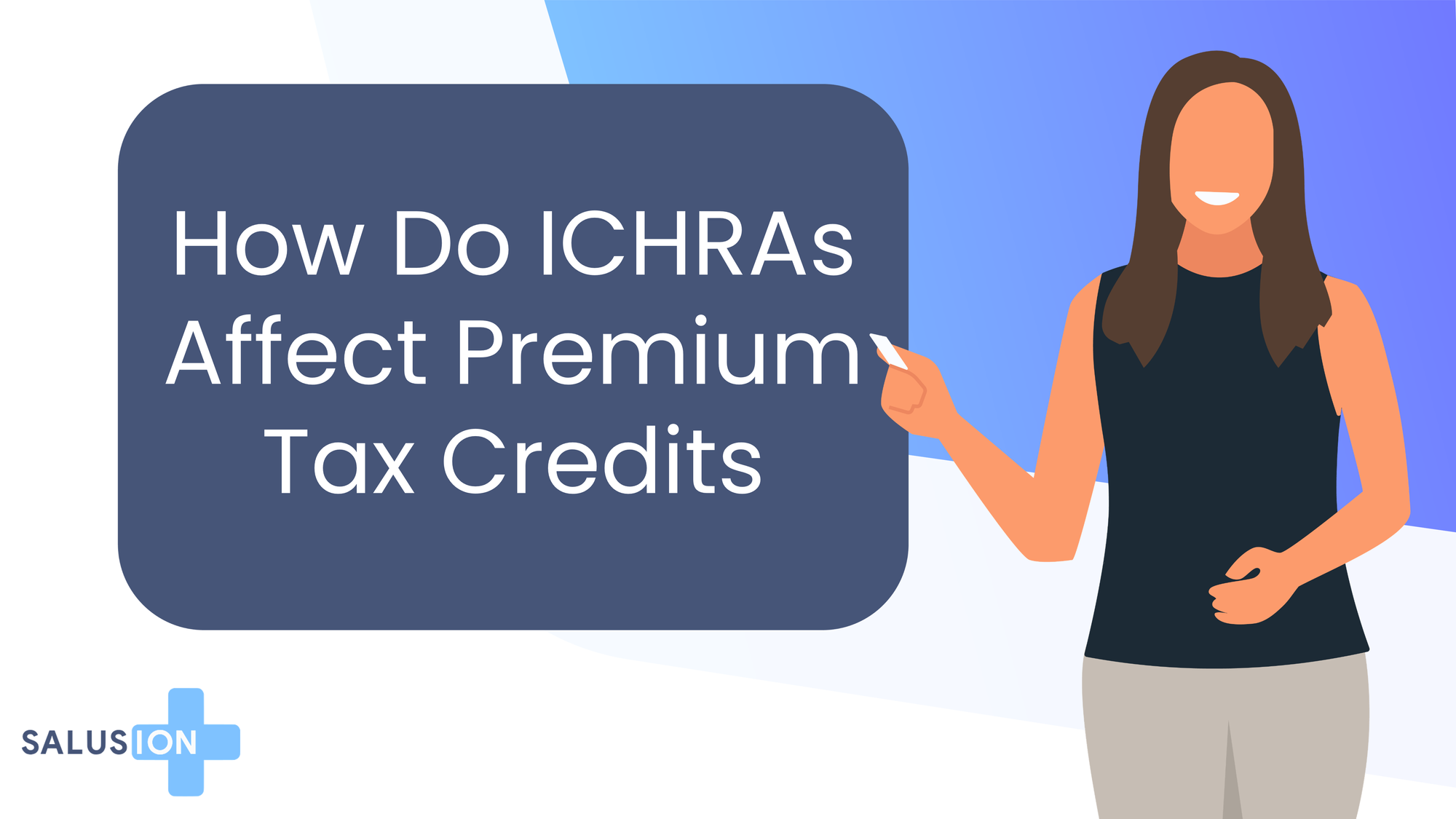
subtopic
